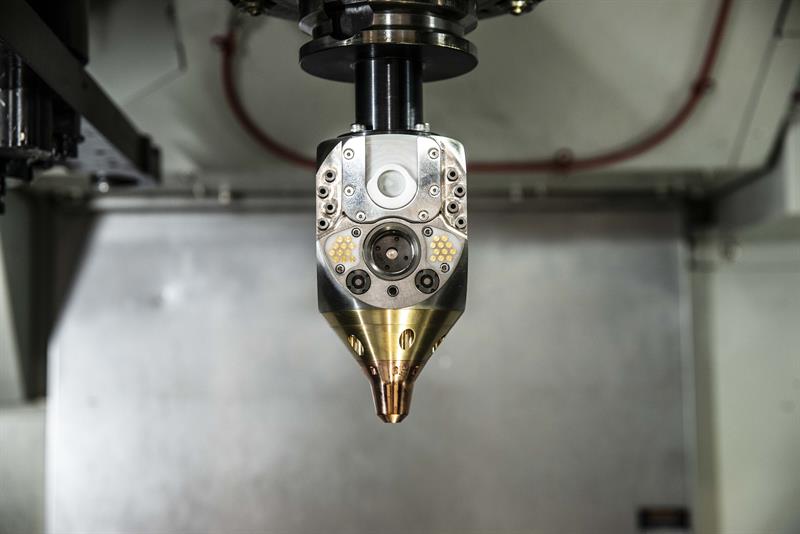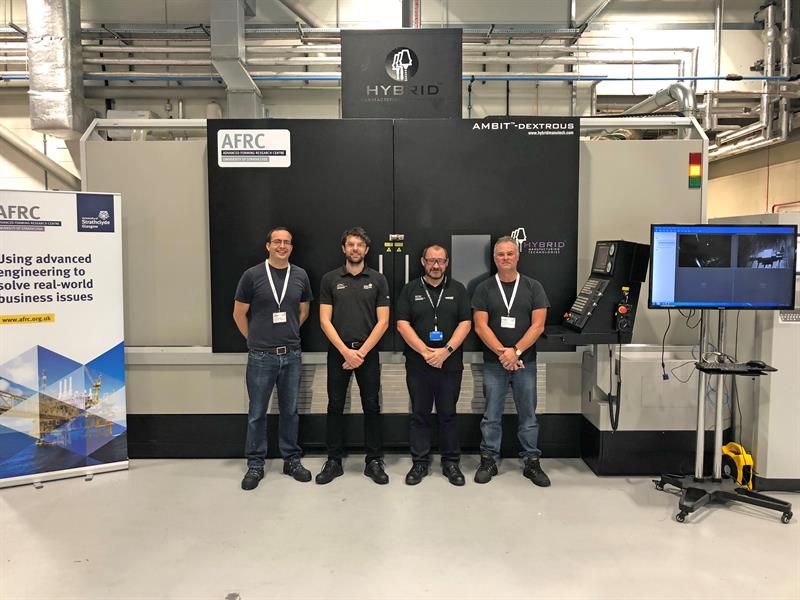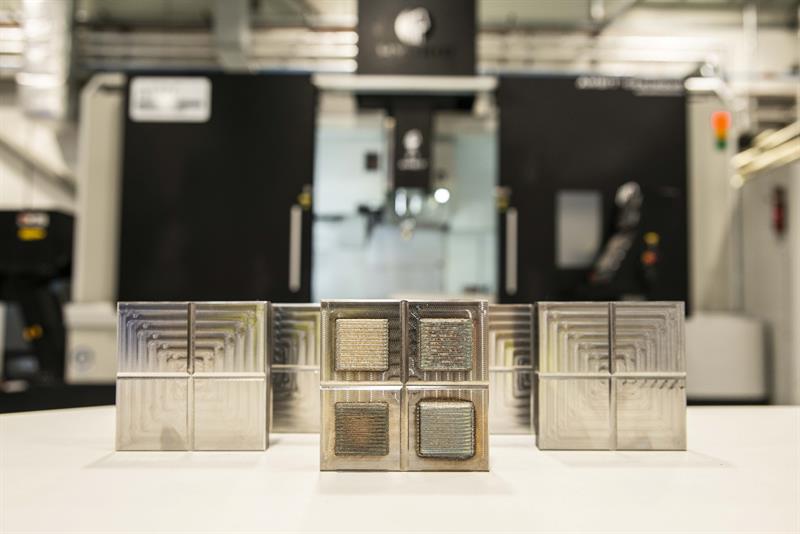In the manufacturing industry, an immediate reaction to a failed or worn part is to purchase a new one. After all, with masses of regulations in place, why take the risk of remanufacturing a part that could result in failure with the pressure of it going wrong?
With a new part, you can safely say that the quality meets your needs and matches the desired tolerance and specifications.
But if you consider the cost and the lengthy lead time that it takes to get that part, the cost of stalled production while you wait, and the increased carbon footprint generated by waste metal, remanufacture becomes a lot more attractive.
Take a wind turbine. If there was a failure and you ordered a new component, it might take as long as 15 weeks to arrive. You need to pay for the component and potentially waste thousands of pounds while the wind turbine remains out of service, failing to generate electricity.

Within manufacturing, there are concerns over the material properties of a part that has been restored to use. Laser Metal Deposition (LMD), however, reduces worries with high precision near net shape processing using a unique combination of lasers and powders. Furthermore, new or extra features can be added to modify performance – all within one retrofitted legacy machine tool.
Hybrid Manufacturing Technologies, one of AFRC’s Tier Two Members, has integrated cutting-edge LMD technology by retrofitting a CNC machine at the AFRC, creating a bespoke platform - the first of its kind in Scotland, and one of very few across the world.
The hybrid LMD machine can repair, rework and remanufacture. The technology can also build added features, corrosion-resistant coatings and high-performance coatings for high value components.
This combination of additive technology with subtractive machining allows manufacturers to complete a whole remanufacture within one machine, minimising set up time and increasing accuracy.
Rather than purchase a new part, manufacturers can take a worn part, scan it to isolate the locations of wear, fix the worn area and then build it back up to conform with the original geometry. They can then go on to add features that provide better performance, also using non-destructive testing to ensure the part fits with the desired properties.

The AFRC machining and additive team with the Hybrid machine
During the LMD process, metal powder is blown into the path of a high-powered laser. It is then melted onto a component or substrate in single beads, then built up in layers until the final desired geometry is achieved.
Making use of metrology technology, engineers can then employ non-destructive testing using a range of probes on frequencies up to 5MHz to examine any surface or subsurface cracks and voids several layers deep.
By installing a laser scanning head, it becomes possible to 3D scan a worn die to create a point-cloud model. Used in conjunction with the original CAD model, this would help determine areas of wear. It is then possible to CAM programme areas of material to be deposited on the part using LMD, and re-machine to finish it, before scanning it again to ensure that it conforms to the original model.
The hybrid technology can be retrofitted to most existing CNC machines, which many manufacturers will already have on their factory floor. This means that for a relatively low cost, the machine tool can be upgraded to allow for an additive and subtractive platform all within one machine.
The machine will still have all the functionality that it had to begin with, while adding new capabilities that can be used independently or in conjunction with its original purpose.
On a basic level, you are adding more tools to your tool kit, allowing you to tackle different manufacturing failures or worn parts, bringing them back to use.

Designed for easy integration within one digital platform, the LMD integration provides a more affordable solution for smaller or growing firms that are looking to adopt new technologies and expand their capabilities without purchasing a brand-new or dedicated additive manufacturing machine.
The reason that there is so much interest from manufacturers across various sectors is the achievable mechanical properties and precision offered by LMD.
Originally, manufacturers would try to repair parts in a bid to save time and money. However, with increasingly strict industry regulations, it’s now commonplace to take the hit and purchase a new part that complies with specifications, which is seen to mitigate risk.
Traditionally, they might have repaired a part by removing the worn area, using basic, manual welding technologies to build material up and then machining it back to purpose. LMD is a more refined method of achieving a remanufacture level process versus repair or reconditioning.
Currently, powder bed fusion is considered the more glamorous side of additive manufacturing, and until recently in the UK, there has been a lack of attention and a lack of skills, in LMD. The AFRC is taking analysis of the processes to a new level, using its LMD platform to unlock potential uses and benefits for firms of all sizes. LMD is faster to get up and running, making it easier for firms to enter the remanufacturing market.











